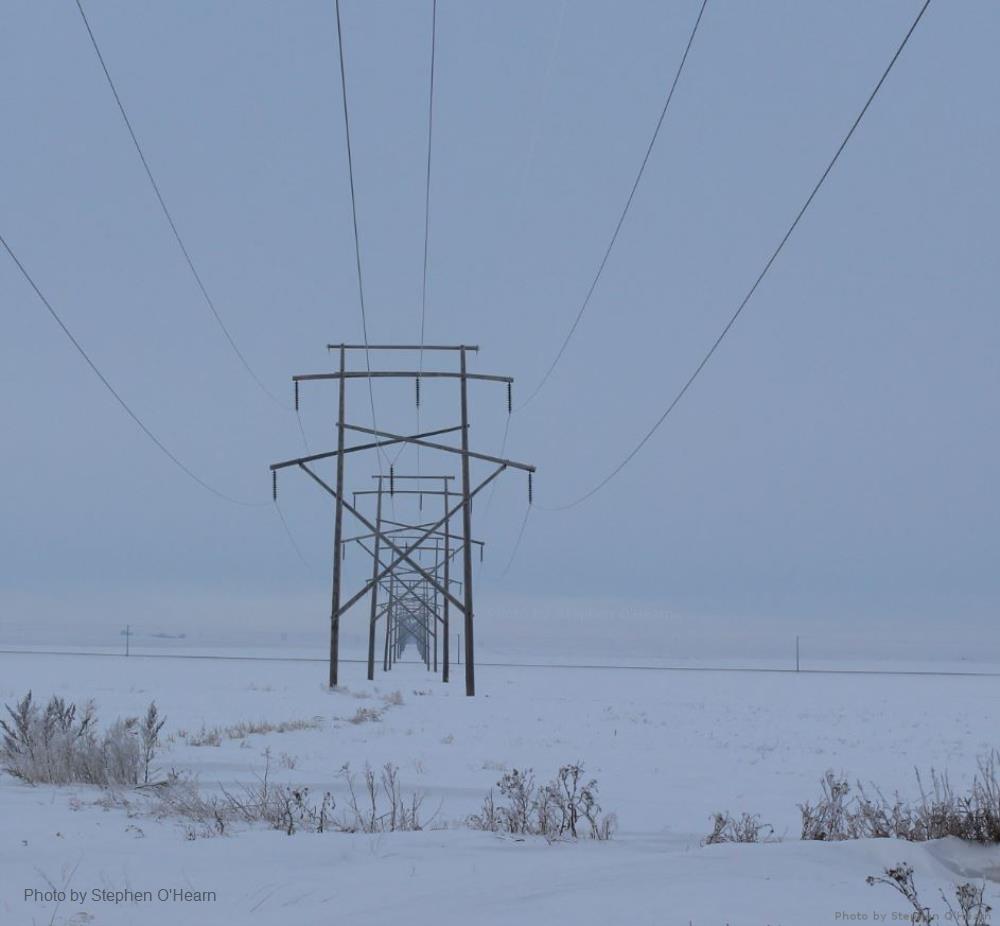
Related items loading ...
Section 1: Overview
Name of Research Project
|
Related Project
|
Part
|
|
GWF-BWF: Boreal Water Futures
|
|
|
|
|
|
|
|
Program Affiliations
Related Research Project(s)
|
GWF-BWF: Boreal Water Futures | |
Dataset Title
Source Exposure Index (in "A regional-scale index for assessing the exposure of drinking-water sources to wildfires")
Additional Information
Creators and Contributors
|
Mike Flannigan | PI | mike.flannigan@ales.ualberta.ca | University of Alberta |
Krysha Dukacz | Point of Contact, Data Manager | dukaczka@mcmaster.ca | McMaster University |
Government of Alberta | Originator | | |
Canadian Forest Service | Originator | | |
Environment Canada | Originator | | |
Alberta Biodiversity Monitoring Institute (ABMI) | Originator | | |
Abstract
Geospatial polygon data providing information on wildfire threats to drinking water resource in source watersheds of Alberta. Diverse spatial and tabular data sources relative to historical fire activity, water availability, and population were aggregated at the watershed level to create standardized indicators necessary for the creation if the Source Exposure Index
Type of Data: Previous collected research data
Parameter/variable Unit Frequency Instrument/tools/model used for parameter/variable collection/analysis/simulation
Consumers Number of people - GIS software
Watersheds Km² - GIS software
Water yield m3 km−2 yr−1 - Hydrometric gauges, statistical software, and GIS software
Forest percent - Protective forest cover % - RS and GIS software
Fire Weather Index Unitless - Weather stations, statistical software, and GIS software
Purpose
The objective of this research is to look at wildfires in socio-hydrological systems in Alberta.
Plain Language Summary
Severe wildfires can pose challenges to drinking water facilities by straining treatment response capacities, increasing operating costs, and jeopardizing their ability to supply consumers. Identifying community watersheds that are dangerously exposed to wildfire is thus important. We integrated information on forest cover, fire danger, water availability, and population served to produce a spatial index of watershed exposure to wildfires in the province of Alberta, Canada. We found that >2/3 of the population of the province relies on drinking-water supplies originating in forested watersheds and that watersheds supplying small drinking water treatment plants are particularly exposed, especially in central Alberta. The index can help regional authorities prioritize the allocation of risk management resources to mitigate adverse impacts from wildfire.
Keywords
|
post-fire hydrology |
source water protection |
drinking-water security |
multi-criteria analysis |
"Forests to Faucets" |
community drinking-water |
compound wildfire-water risk |
Wildfire-watershed risk |
Citations
Section 3: Status and Provenance
Dataset Version
Dataset Creation Date
Status of data collection/production
Dataset Completion or Abandonment Date
Data Update Frequency
Creation Software
Primary Source of Data
Other Source of Data (if applicable)
Data Lineage (if applicable). Please include versions (e.g., input and forcing data, models, and coupling modules; instrument measurements; surveys; sample collections; etc.)
Section 4: Access and Downloads
Access to the Dataset
Terms of Use
Restricted
Does the data have access restrictions?
Downloading and Characteristics of the Dataset
Download Links and Instructions
Total Size of all Dataset Files (GB)
File formats and online databases
Other Data Formats (if applicable)
List of Parameters and Variables


 GWFNet
GWFNet Master
Master Data
Data Research
Research Map
Map
 Advanced
Advanced Tools
Tools
 . . .
. . .
 Metadata Editor
Metadata Editor
 Record List
Record List
 Alias List Editor
Alias List Editor
 Legacy sites
Legacy sites